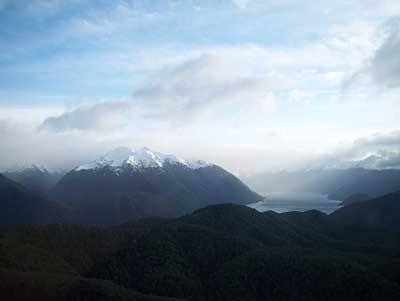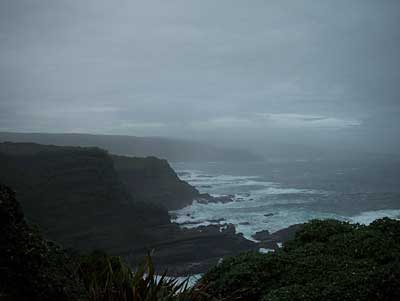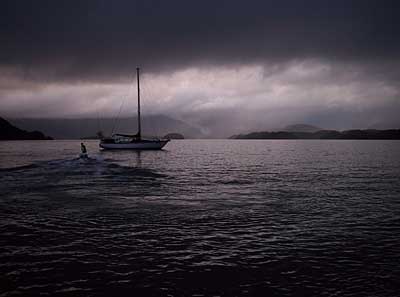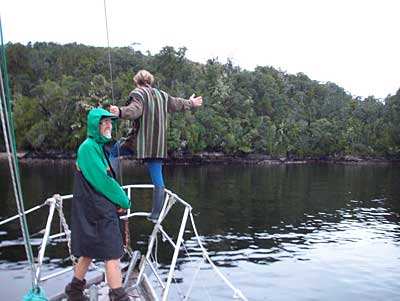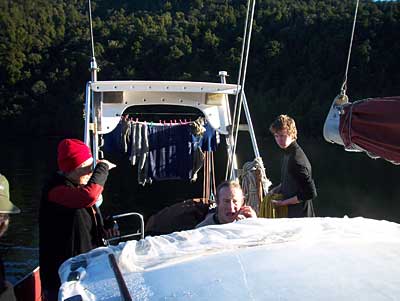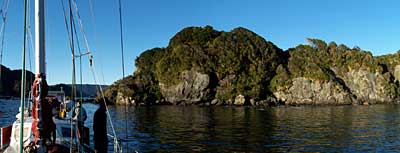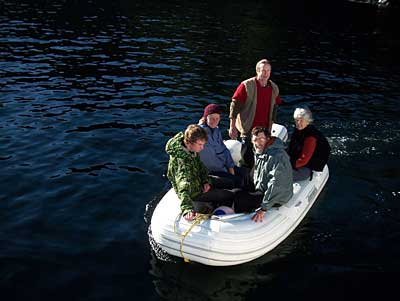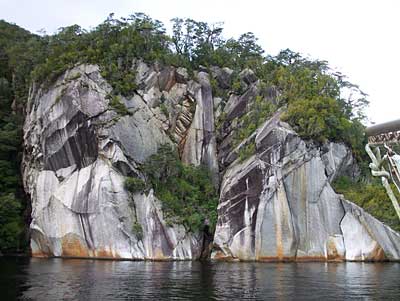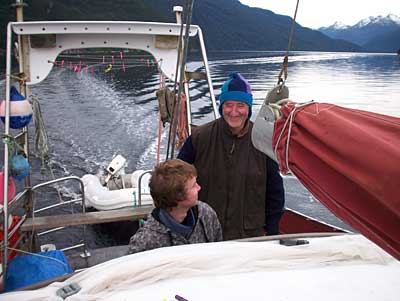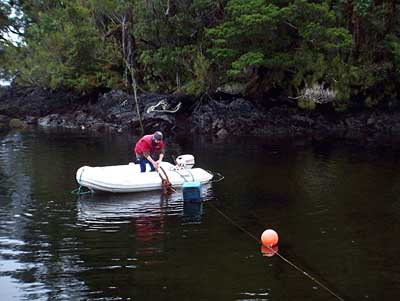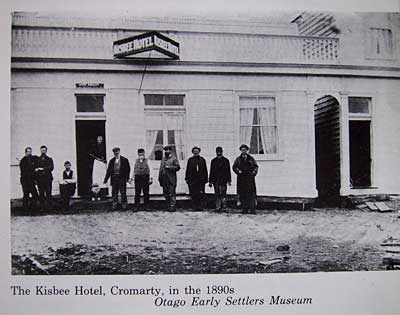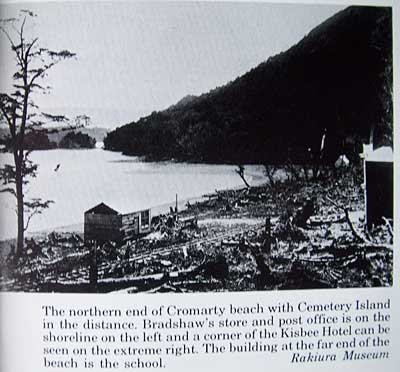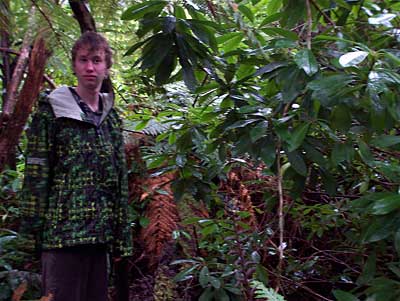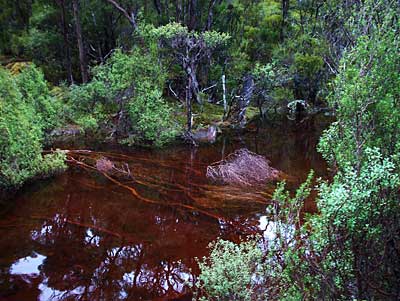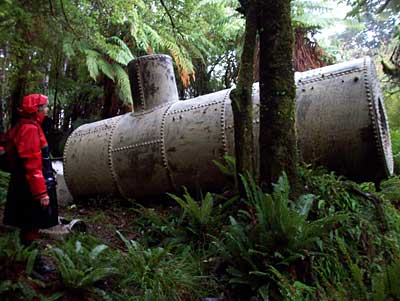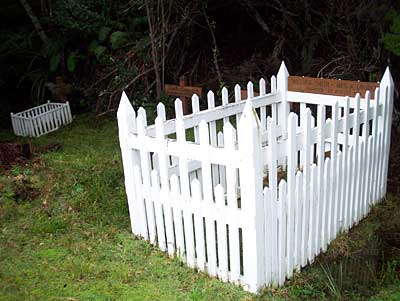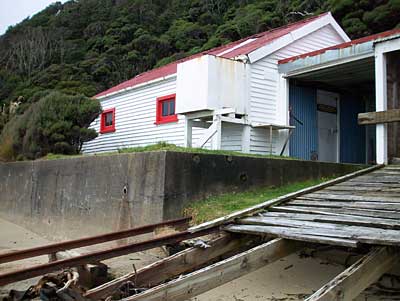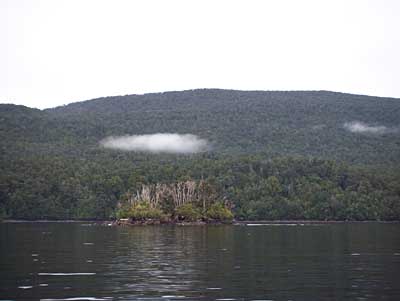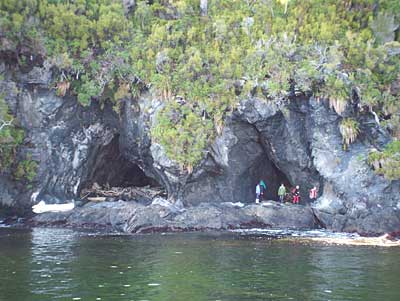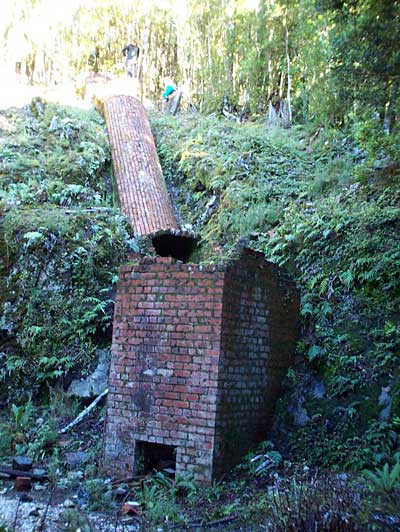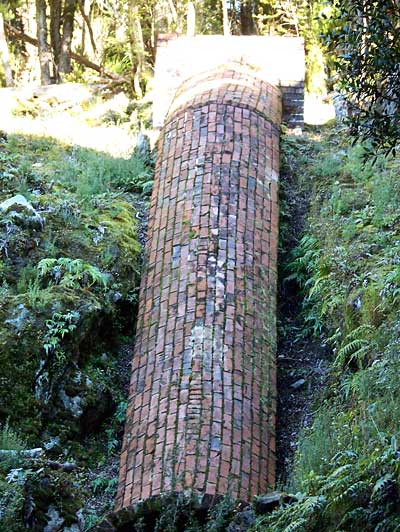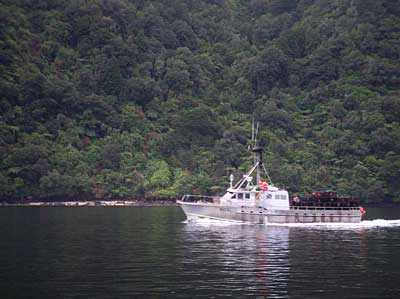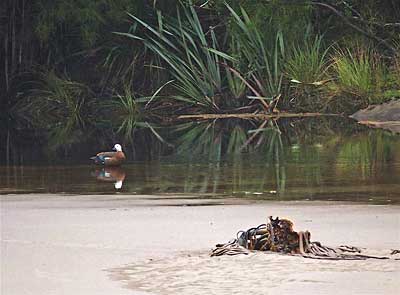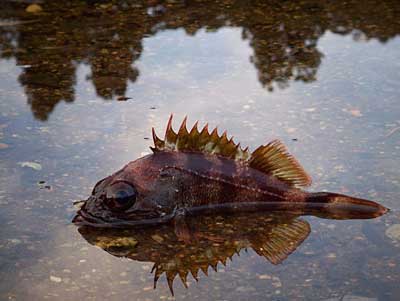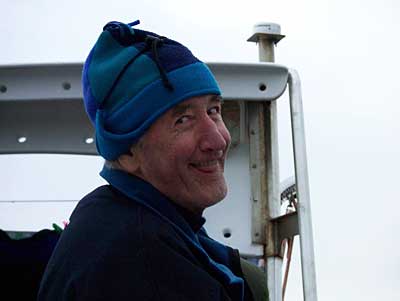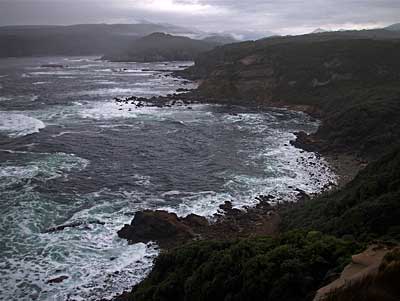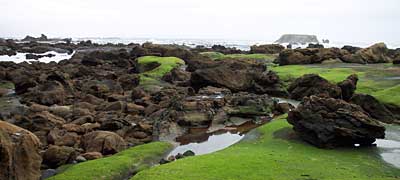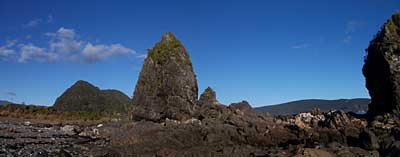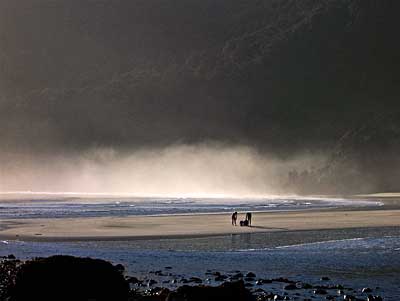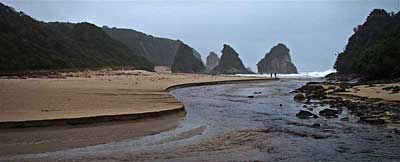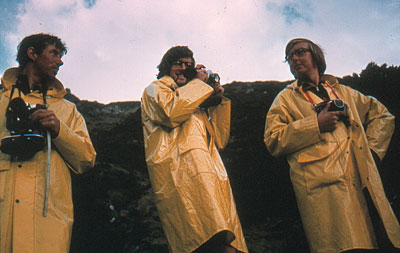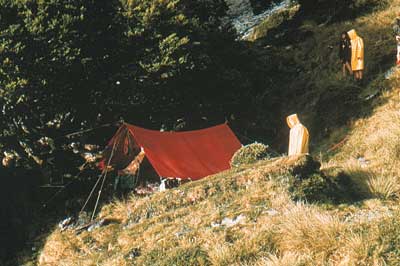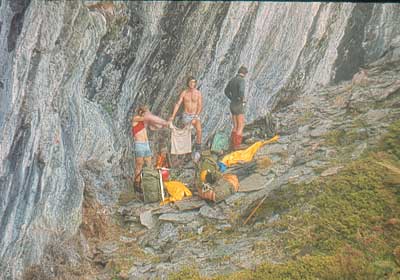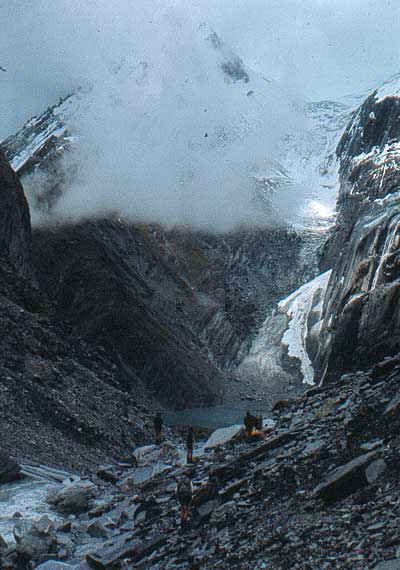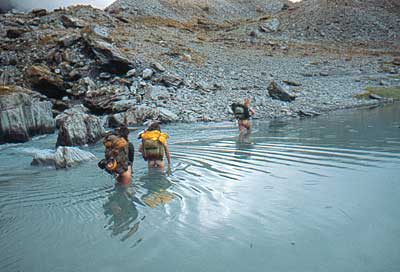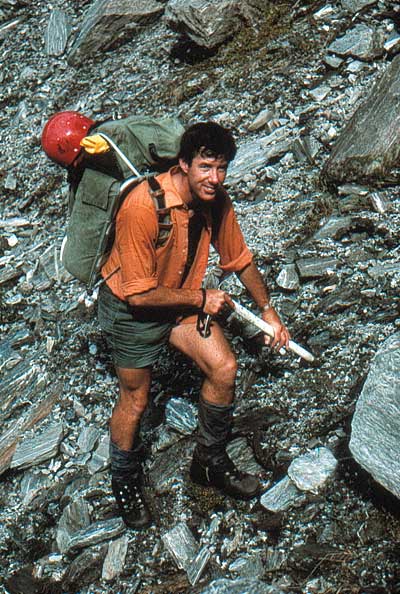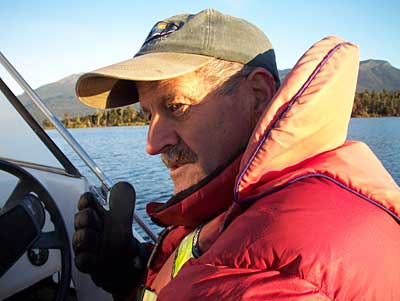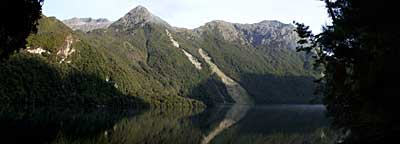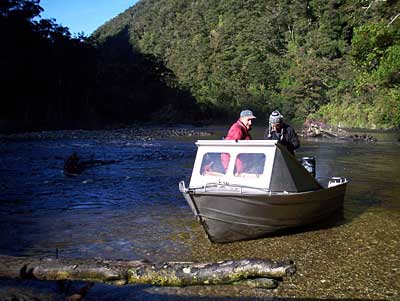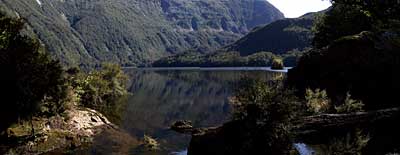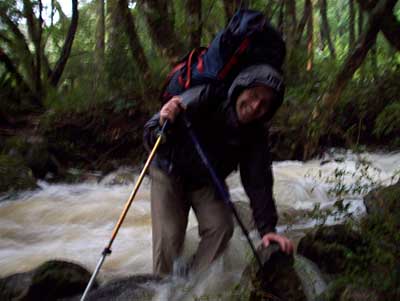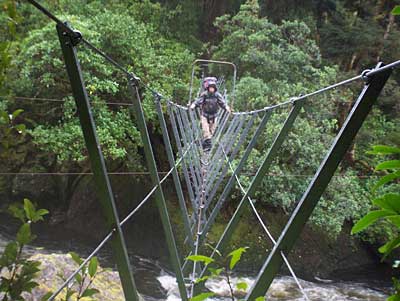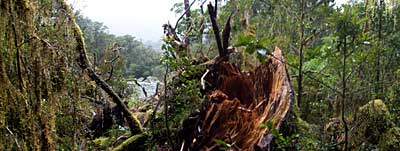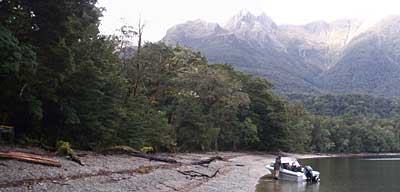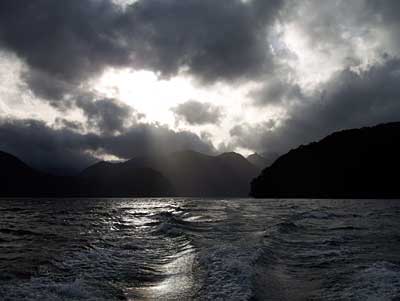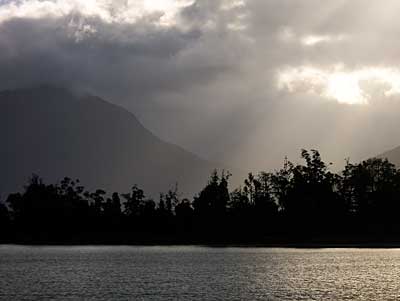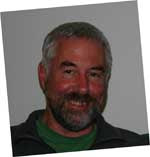Cascade Saddle Search and Rescue operation in Mt Aspiring National Park
The Cascade Saddle is actually the low point on the middle to top right of this photo. The original route way back in the days of my boyhood was called the "Ernie Smith route" if I recall correctly, and it was replaced by improving on what was to be a new evolving [safer?] route known as the "Cullers Route" which exited higher up at or near where I took this photo at "the Pylon". The current incarnation and improvements of that line descends from this point to the Cascade Stream [or river - take your pick], and then ascends again to the Cascade Saddle. Yes, lots of ups and downs, but an infinitely more straightforward route on relatively easier ground [as long as it's not wet]...

All week I have been pondering the sad fact that far too many people have died or come to grief in this "hard country", which can be so delightful on a good day, yet diabolical in any other sort of conditions, especially those featuring rain, wind or snow.
I don't recall the exact date as again it would have been when I was a youngster, but a person went missing in the bluffs back then, and a Royal New Zealand Air Force pilot by the name of Christopher Johnson was called on to search, and he did in a Harvard fighter plane, but unfortunately crashed and perished in the lower Cascade Stream, and so the initial tragedy was compounded! He has had a glacier named after him, but this is a sad "2nd best" to a life lost in the prime...
Of course I never knew Christopher, but I was to get to know people who knew and loved him, and I often have reflected how life would have worked out differently for many had he not perished at such a young age. On another level at the time of this tragic event he'd already had quite an influence on the climbing scene of the day in the NZ Alpine Club, where my outdoor skills were nurtured by those who knew him too. We live in a funny world of connectedness!
A sample of the terrain we searched between the Cascade Saddle and the Pylon...
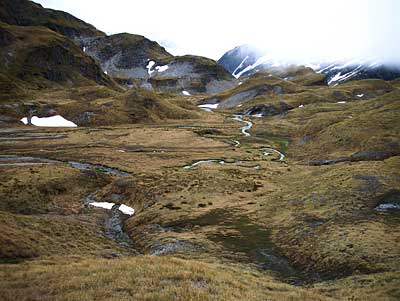
Cascade Stream [which has to be crossed - and shelter is a scant commodity if you cannot] drops maybe 500 meters vertically where it goes out of sight in this photo. A drop so awesome it's totally beyond capture on camera, however there is a taste of it about five photos down...

Plunket Dome, despite the easy accessibility from the Saddle it's not frequented often - maybe it's the cumulative distance...

Upstream view of some of "our task" to poke our noses into: up Cascade Stream - some wild country and big...
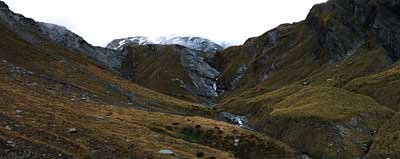
The last time I was on a Search and Rescue mission on the Cascade Saddle route back in about the late 1980s, was when we were responding to the fact that early one morning a young student had run down to Aspiring Hut and raised the alarm. His companion had slipped on snow the evening before and slid head-first into some rocks just above bush-line sustaining head injuries. He'd got her [unconscious] onto safe flat ground somehow, then erected their tent, and he'd looked after her all night essentially ensuring a clear airway in a situation where he could not sleep. Our pick-up was far from simple as we had to carry her across the same 30 degree ice/snow she'd slipped on. The Jet Ranger, which at least was "shut-down" on an area the size of it's skids precisely on the very edge of a vertical drop-off into the bluffs, was a welcome sight on our return! I'm glad it was not windy, and it could park up, 'cause it could well have been!
Our helicopter heading into the Dart Glacier to pick up one of our group - we had to wait quite sometime for our pickup and we discussed anything but what we'd have to do if it could not make it back before more cloud drifted in and night became a reality, not just a promise...

The Dart Glacier again - on the right is the drop off for Cascade Stream as mentioned earlier...
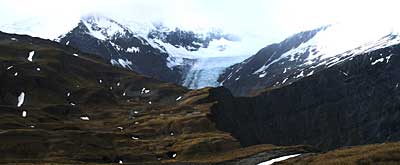
Mt Rob Roy, second only in height in the area to Mt Aspiring which is hiding on the left...
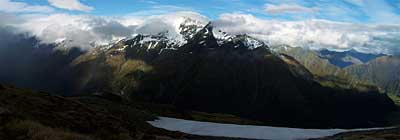
Plunket Dome as the sun sets...
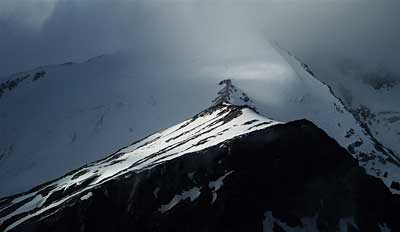
I've only touched on three tragedies on this route, but there have been countless others despite education attempts and warnings. In fact at least 3 people, with significant local knowledge advised Irina to not attempt the crossing in heavy rain - especially not alone. Regularly there is a theme of disregard for conditions accompanied by a goal deemed to be pressing! Search and Rescue personal do their best in what are all-to-often "fine" [in every sense of the word] scenarios heightened by short weather windows, for time is of the essence!
Experience and respect for weather and terrain with good team work and decision making is essential and I'm posting this blog to bring these concepts onto the radar of all those who browse the web for information, while planning to enjoy our amazing New Zealand mountains and landscapes!
The comments of Marg, one of my blog readers says it nicely:"It is a grim reality that no matter how awe inspiring , beautiful and breathtaking the mountains are we would be fools to ever call them friends or expect the elements to deal kindly to us just because we expect it to be so. I am so dreadfully sorry that these beautiful photos are inspired by a search and rescue operation. It makes the sights all the more staggering and also more reverent I suppose if that is the right word."
Some points for people to keep in mind when planning some tramping in New Zealand:1] The terrain in geological terms and weather is far more dynamic than most realise - even those with experience in other countries fail to grasp this! History repeatedly reinforces this in the minds of us Kiwis dedicated to education and Search and Rescue [as far as I'm concerned the latter is in the "ambulance at the bottom of the cliff" catagory - it's better we're all on the top!]
2] Just because high profile [irresponsible?] travel guides tout gems of trips to promote readership, don't believe what you read. Seek local advice! The Dept of Conservation and New Zealand Mountain Safety Council are great resources.
3] Make sure all experiences a small ones, and thus survivable. The big ones don't enhance learning [maybe in the next life]!
4] All actions, or in-actions in life have consequences. If we're traveling alone in New Zealand mountains expect those consequences to be dramatic if we're not mentally prepared and "trained up".
5] Be very aware of our capabilities, and the potential for good and bad times on New Zealand walks. I've seen too many in our hills with one foot on a banana skin and the other one in the grave! The sad thing to observe is that there is often no self perception of the lack of knowledge and experience.
6] In retrospect many of us have been "saved" by bad weather. By this I mean we have all had ill conceived ideas, but never had the chance to try them because the weather intervened!
7] Leave a record of intentions [I find the written word to be best]. This is called "signing in", so be it with the Dept of Conservation or a friend or whomever, don't forget to sign out! If I'm doing a solo trip I plan it well and make the plan part of the intentions. On the trip I always do my best to stick to this plan [which often will incorporate a backup or retreat option], so that if anything happens I've left the best clues possible behind. I'd also leave messages en-route, and if things were getting tough I'd leave even more e.g. an arrow made of stones or sticks incorporating my name.
Wanaka bound...
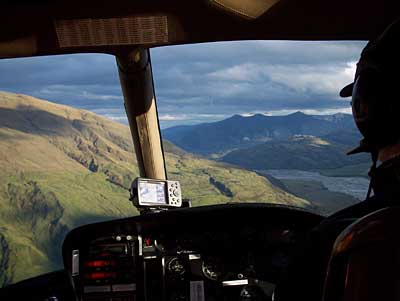
This was another memorable mountain day in the New Zealand Southern Alps, but I would have much rather have had a different reason to be in this area once again! A nice quiet trip in light airs and sunshine with my son, with lots of rests, light fluffy clouds and good cheer, with time to indulge in some serious landscape photography would be my pick for a perfect crossing!
Sharks Tooth from the air...
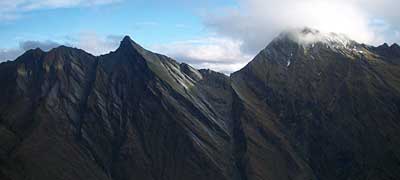
Labels: Aspiring Hut, Cascade Saddle, Dart Valley, Dept of Conservation, Landscape Photography, Matukituki Valley, Mt Aspiring National Park, New Zealand Alpine Club, New Zealand Mountain Safety Council, Wanaka Search and Rescue


